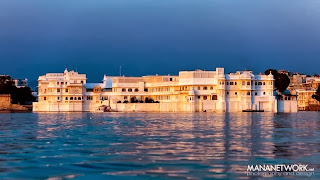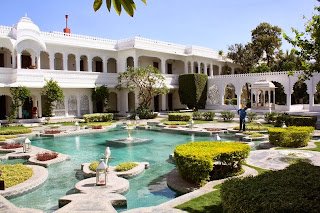This is not a typo
error, or didn’t jumping fingers on the keyboards, in reality it is a
actual name of a lake which is situated in the town of Webster in
Massachusetts, United States, few people call it by its
alternate name “Lake Chaubunagungamaug” while many of them prefer to call it simply Lake Webster, after the name of the town.
The 45-letter name
actually one of longest place name in the world & United States. The
place name is so bizarre that although the authorities couldn’t spell
it. Many road signs pointing to Lake
Chargoggagoggmanchauggagoggcha
The lake has been known, from early times, by a variety of names such as
Chaubanagogum, Chabanaguncamogue, and Chaubunagungamaug, but historians believes that all these names stand the same meaning -
"Fishing Place at the Boundary". This great pond, actually
divided by narrow channels into three larger bodies of water, was famous
throughout the area and was the central gathering place for the Nipmuc
Indians and their friends.
The current name came from when English colonist arrived in the area, an Englishman
Samuel Slater started operating a mill at the nearby village of Manchaug, a corrupted version of
“Monuhchogoks”. The Indians began calling the lake Chargoggaggoggmanchoggagogg which meant "Englishmen at Manchaug." And soon after, the name found its way into the map of 1795 showed the town of Dudley.
In 1831, both Dudley and Oxford, which adjoined the lake, given the pond as
Chargoggagoggmanchoggagogg, but a survey of the lake had done in 1830 lists the name as
Chaubunagungamaugg, the ancient name. After that someone is decided to added the original Indian descriptive name
Chaubunagungamaug to the newer name Chargoggagoggmanchoggagogg, and the entire designation becomes "Englishmen at Manchaug at the Fishing Place at the Boundary" or
Chargoggagoggmanchauggagogg chaubunagungamaugg.
The Lake actually was
formed by the retreat of glaciers during the last ice age and is
replenished from underwater springs and streams. Anyway visiting the
vicinity is a great way to spend some time with nature.
A hiking trail called the Walkabout Trail in the area with some great
views. Many tourists often enjoy the swamps around the edges of the lake
as good spots to look for wildlife. Moreover; swimming and boating are
very popular activities on the lake. If you're
looking for something a little more thrilling, there is whitewater
rafting on the Quinebaug River. Go in the springtime for the fastest
water.

















































